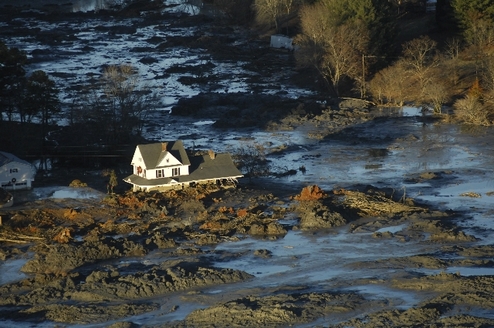Germany is learning a hard lesson about relying on Russia as a trading partner at the same time as closing nuclear power stations and putting all your faith in wind and solar power.
In 2011, after the tsunami and the resulting release of radioactive material from the Fukushima nuclear plant, Angela Merkel and the German legislature decided to pursue an energy policy under which nuclear power would be wholly replaced with renewables, the “EnergieWende”. In 2019 they also decided to close all coal fired power stations by 2038.
Coal and nuclear plants are base load generators which reliably produce electricity 24/7 at a steady output. Apart from hydro, renewables such as solar and wind are by contrast, weather dependent, variable and can be unproductive for days. Like other countries aggressively pursuing renewables, Germany currently has no technologies which can provide energy storage on a grid scale that will be sufficient to cover for periods of low output from renewables.
So if you have abandoned coal and nuclear, and wind and solar are not productive, what other options are available.
You could import oil or Liquefied
Natural Gas LNG. In 2018 Germany’s oil imports represented 34.3% of their
primary energy consumption, but practically none was used for electricity
generation so the infrastructure is lacking. LNG in Europe typically comes from Russia or the Middle East and has to be transported by specialized ship from its place of production to ports in Europe or on other continents, which makes it expensive. Furthermore, recent wars make one question the reliability of LNG supplies in the context of energy
security.
Germany's primary energy source of
choice, to fill in periods of low renewable output, is natural gas. Germany has
no gas of its own and buys it from many countries but the largest share is from
Russia. In December 2021 the Federal Office of Economics and Export Control showed that 34% of its total gas supply came by Russian
pipeline. This is, or was, expected to increase as more renewables are brought
online. So Germany was going to become more and more dependent on Russian gas.
Germany also imports coal from Russia. The coal group VDKi said 53% of hard coal received by German power generators and steelmakers came from Russia last year.Therefore, as recent events have
brought sharply into focus, Germany’s energy security is highly uncertain as a
result of both the EnergieWende and over-reliance on Russia.
In January 2022 Germany
closed three operational nuclear power stations thus removing 4GW of base load
generation capacity. It plans to close the remaining three plants next year. This
is at a time when energy
prices are soaring, and at 0.24-0.30 Euros /kWh, Germany already has the highest in Europe.
Contrast this with France, which in
the seventies after the oil crisis, decided to build a fleet of nuclear power
stations in order to reinforce and maintain its energy security. It currently
exports 3bn Euros/year of electricity to its neighbours and its energy costs are 0.13-0.15 euros/kWh. France has just announced
that it will build six
more nuclear plants.

Following the violent behaviour of Russia, and its oppressive rulers, Germany is now
facing the harsh reality that the largest share of their pipeline gas
supplies may be cut off.
This was all totally predictable and I am astonished that Germany’s rulers could not foresee
the potential dangers of their short-sighted decisions.
It seems that some Western politicians can be as deluded in their assessment of
risks, and their world view, as any Russian dictator.


























